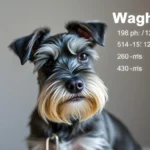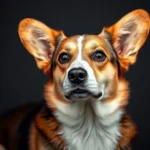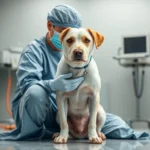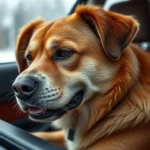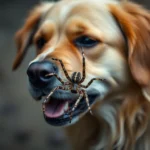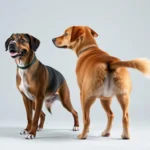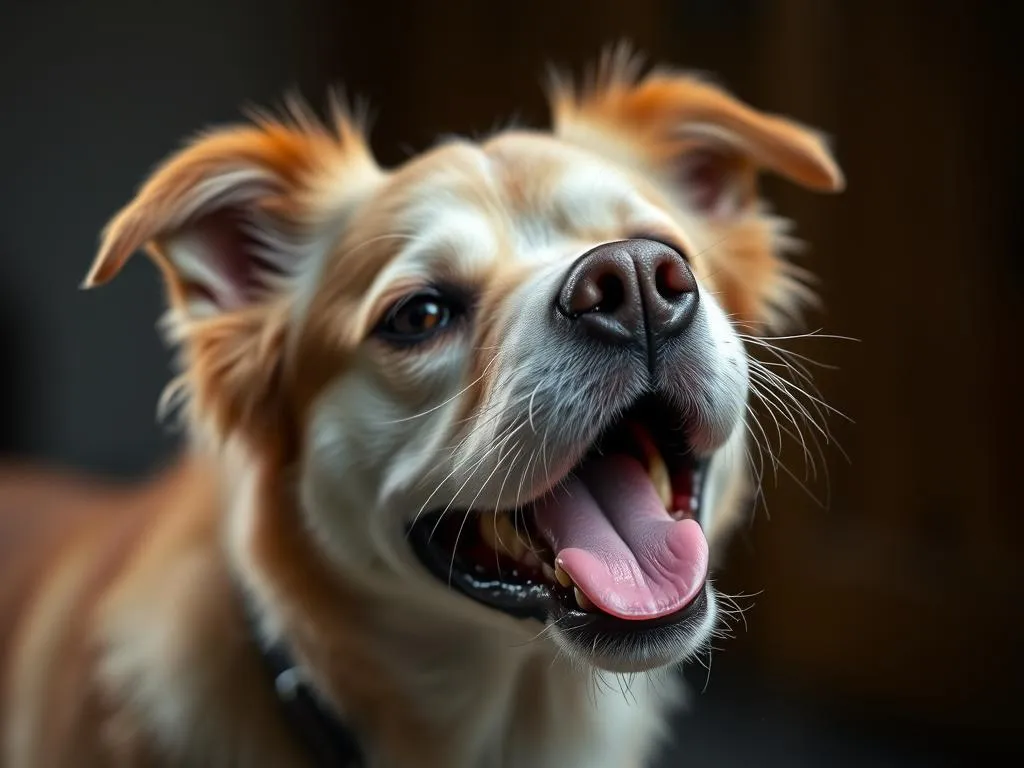
Introduction
As dog owners, we want the best for our furry companions. Ensuring their health care is paramount in maintaining their happiness and well-being. One issue that can often cause concern is when your dog is drooling and acting strange. Recognizing these symptoms early can make a significant difference in your dog’s health outcome. In this article, we will explore the reasons behind drooling and unusual behavior, helping you understand when it may be time to seek veterinary care.
Understanding Normal Dog Behavior
What is Considered Normal Drooling?
Drooling is a common behavior in dogs, but what is considered “normal”? While some drooling is completely natural—like when they are excited or during hot weather—excessive drooling can be a sign of underlying health issues. Normal drooling might occur during mealtime or when your dog is particularly excited about a favorite toy or treat.
On the other hand, excessive drooling can indicate distress or discomfort. A good rule of thumb is to monitor how much your dog drools in various situations. If you notice a sudden increase in drooling that is not associated with typical triggers, it may be time to investigate further.
Common Behavioral Patterns in Dogs
Dogs are creatures of habit, displaying a range of typical behaviors such as playfulness, social interaction, and curiosity. However, when we mention that a dog is “acting strange,” it usually refers to behaviors that deviate from their norm. This can include withdrawal from social activities, decreased interest in food or play, or exhibiting signs of anxiety or fear. Understanding your dog’s baseline behavior is crucial for identifying when something may be off.
Identifying Signs of Distress
Symptoms Accompanying Drooling
When your dog is drooling and acting strange, it is essential to observe any accompanying symptoms. Here are some signs to watch for:
- Lethargy: Lack of energy or enthusiasm for usual activities.
- Vomiting or Diarrhea: Digestive upset that can accompany drooling.
- Excessive Panting: Increased respiratory rate may indicate stress or discomfort.
- Changes in Appetite: Eating less or refusing food altogether can signal health issues.
These symptoms can indicate various health problems, from mild digestive upset to more severe conditions requiring veterinary attention.
Behavioral Changes to Monitor
Pay close attention to changes in your dog’s behavior. Some key aspects to note include:
- Appetite: Are they eating less or showing disinterest in food?
- Energy Level: Are they less active than usual?
- Social Interactions: Are they avoiding people or other pets?
It’s important to track the duration and severity of these changes. If your dog appears to be in distress for more than a day or two, consulting with a veterinarian is advisable.
Common Causes of Excessive Drooling and Strange Behavior
Medical Conditions
Oral Health Issues
One of the more common medical reasons for drooling is oral health problems. Conditions such as dental disease, gum infections, or even tumors can cause pain and discomfort, leading to excessive drooling. Regular dental check-ups are essential for preventing these issues.
Gastrointestinal Problems
Gastrointestinal distress, including nausea or pancreatitis, can also result in excessive drooling. If your dog has ingested something toxic or experienced a sudden change in diet, they may exhibit signs of gastrointestinal upset.
Neurological Disorders
Drooling and strange behavior can also be symptomatic of neurological disorders, including seizures or brain tumors. If your dog experiences any seizure-like activity or unusual movements, it’s critical to seek veterinary care immediately.
Other Health Concerns
Additional health issues such as allergies, infections, or even heat stroke can lead to drooling and behavioral changes. Always be aware of the environmental conditions and any potential allergens that could affect your dog.
Environmental Factors
Environmental conditions can significantly impact your dog’s behavior. High temperatures and humidity can lead to drooling, especially in breeds that are prone to overheating. Additionally, changes in diet, such as introducing new foods or treats, can lead to gastrointestinal upset.
Exposure to toxins, whether from plants, chemicals, or foods, can also cause strange behavior and drooling. It’s essential to ensure your dog is safe from harmful substances in their environment.
When to Seek Veterinary Care
Immediate Red Flags
Certain signs should prompt immediate veterinary care. If your dog displays any of the following symptoms, do not hesitate to seek professional help:
- Severe Lethargy: Inability to stand or move.
- Difficulty Breathing: Signs of respiratory distress.
- Persistent Vomiting or Diarrhea: Especially if there is blood present.
- Seizures: Uncontrolled shaking or twitching.
Acting quickly can be crucial for your dog’s health and well-being.
Understanding Veterinary Diagnostics
During a veterinary visit, various diagnostic tests may be performed to determine the underlying cause of your dog’s symptoms. Common tests include:
- Blood Tests: To check for infection, organ function, and other health indicators.
- X-rays: To visualize internal structures and rule out issues such as blockages.
- Urinalysis: To assess kidney function and detect potential infections.
Understanding what to expect during a vet visit can help alleviate some of the stress for both you and your dog.
Home Care and First Aid
Immediate Actions to Take
If you notice your dog is drooling excessively, there are some immediate steps you can take:
- Remove Food: If your dog is drooling after eating, remove any remaining food to prevent further ingestion.
- Observe Behavior: Keep a close eye on their behavior and any accompanying symptoms.
- Create a Calm Environment: Ensure your dog has a comfortable, quiet space to rest.
These steps can help minimize stress for your dog while you determine the next course of action.
Long-term Care Strategies
Maintaining your dog’s health over the long term involves several strategies:
- Oral Health Maintenance: Regular dental cleanings and providing dental chew toys can enhance oral health.
- Routine Vet Check-ups: Regular visits help catch any potential health issues early.
- Nutrition and Hydration: A balanced diet and access to fresh water are essential for overall health.
Implementing these strategies can contribute to your dog’s long-term well-being.
Prevention Tips
Routine Health Care Practices
Preventative care is vital in ensuring your dog remains healthy. This includes keeping up with vaccinations, preventative medications, and regular dental care. Grooming also plays a role in preventing skin issues and maintaining overall health.
Environmental Safety
Creating a safe environment for your dog is essential. Remove any toxic plants, secure hazardous materials, and monitor for potential dangers in your home and yard. Be cautious with dietary changes and new treats to avoid sudden digestive upsets.
Conclusion
Understanding why your dog is drooling and acting strange is crucial for maintaining their health. Recognizing symptoms early can lead to timely interventions, ensuring your furry friend stays happy and healthy. Be proactive in your dog’s health care, and don’t hesitate to consult a veterinarian if you notice concerning behaviors or symptoms.
By staying informed and attentive, you can provide the best care for your beloved pet.
